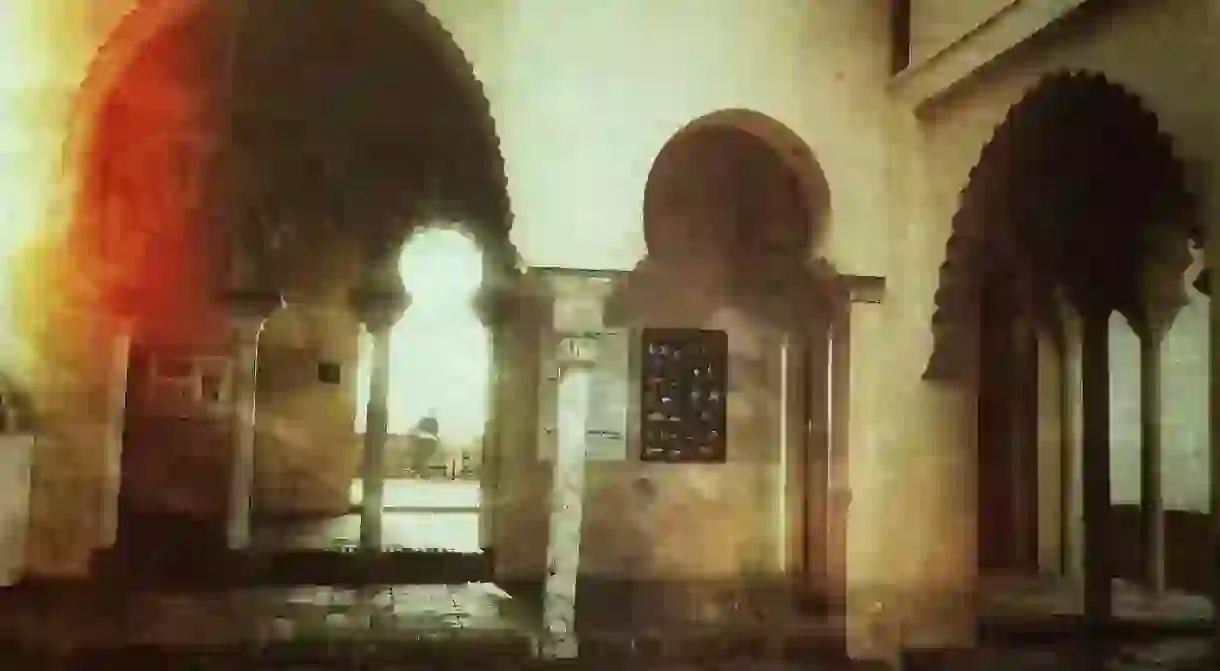A Walking Tour of Málaga's Architectural Landmarks

Málaga’s star architectural attractions are all close together in the historical city centre, so you can visit all of them on foot in a single day. Here’s the best route to follow if you want to see these great monuments, starting with the city’s enormous cathedral and winding up in a former Moorish shipyard-turned-covered market.
Cathedral
Cathedral, Church, Mosque

Start your walking tour of Málaga’s architecture in the heart of the old town, on the beautiful Plaza Obispo. Looming over you is Málaga’s great cathedral, known locally as ‘La Manquita’, or ‘The One-Armed Woman’, because of its uncompleted second tower. Built between 1528 and 1782 near to the site of an early Almohad mosque, this huge Renaissance and Baroque-style cathedral was originally to feature two towers, but the second was never built, because of a lack of funds. The exquisite choir stalls feature 42 intricate wooden carvings designed by Pedro de Mena (1628–1688), a Granadino sculptor who was a pupil of the notoriously foul-tempered Alonzo Cano (1601–1667), the architect responsible for the façade of Granada’s cathedral.
Alcazaba
Archaeological site, Building, Museum

Just a few minutes away on foot from Málaga’s greatest Catholic monument is the best-preserved Moorish citadel in Spain, a reminder of the city’s distinguished Arabic past. The Muslim rulers of Andalusia built the formidable fortress Alcazaba in the middle of the 8th century, plundering the Roman amphitheatre below it for materials. The fort was extensively rebuilt by the Sultan of Granada in the 11th century and was connected up to the nearby Gibralfaro Castle by a Nasrid king in the 14th century. The Alcazaba blends effortlessly into the hillside above Málaga, its towers and turrets popping our from amongst the lush greenery and cypress trees. Its intriguing interior is a maze of intimate courtyards, open-air corridors and battlements commanding incredible views out to sea.
Gibralfaro Castle

Roman Theatre

Málaga Port

Atarazanas Market
Market














